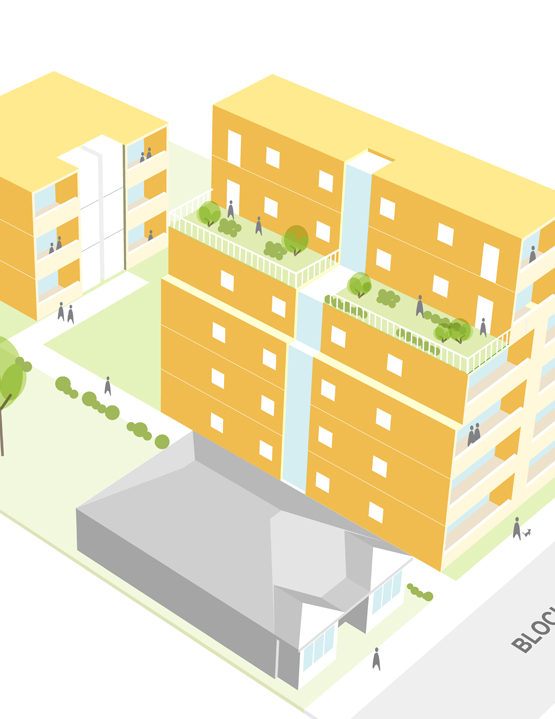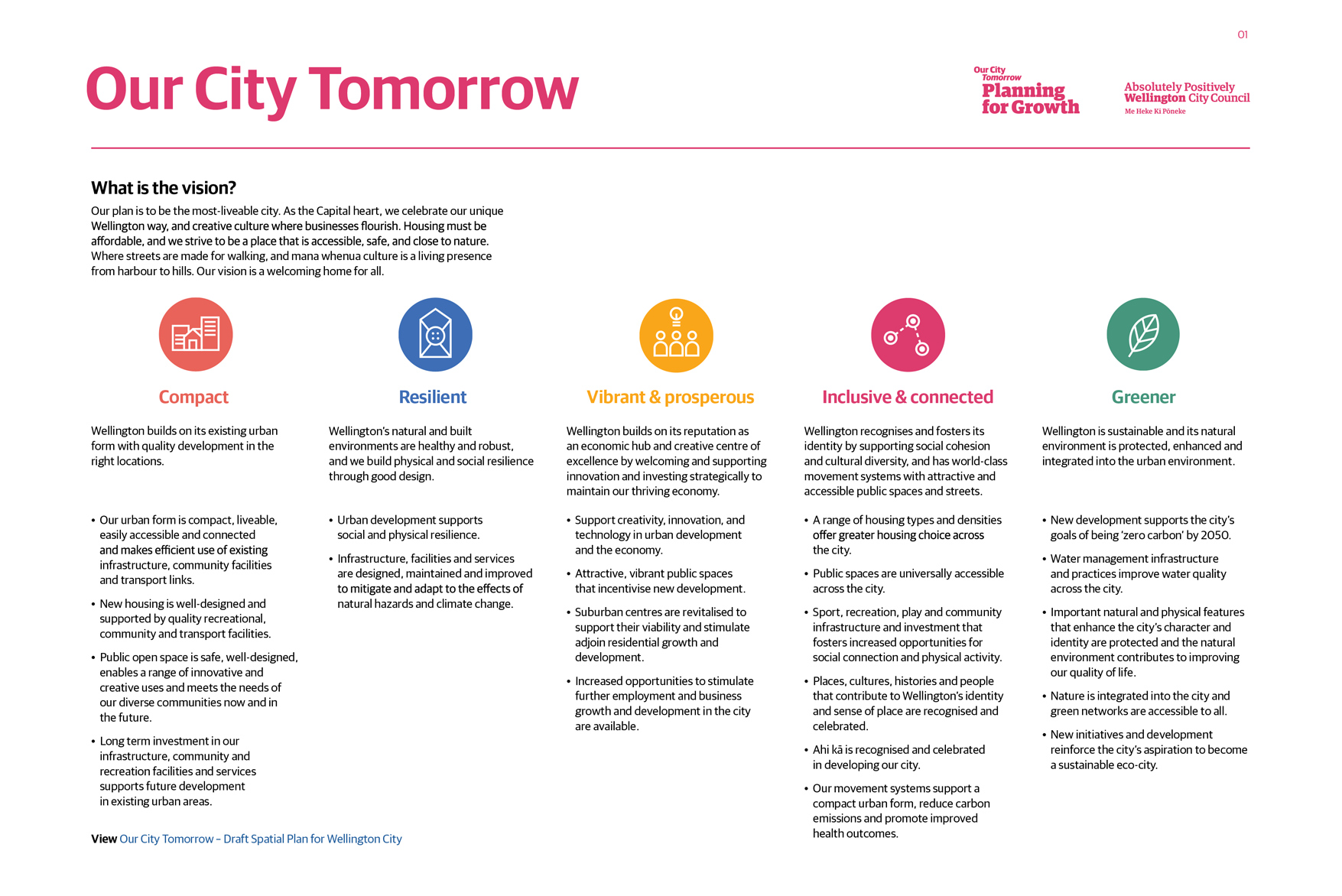To facilitate these changes, while also balancing competing residential amenity considerations, this study provides recommendations on new planning provisions that are to be developed as part of the review of the District Plan. These are informed by:
- Qualifying what constitutes a reasonable level of amenity
- Defining a range of different planning tools and metrics that affect residential amenity
- Testing the effects that these tools and metrics have on residential amenity in a typical Wellington context.
The study tested a range of planning tools and measures (both existing as well as ones successfully applied overseas) and the associated effects that the development of buildings of six storeys or more would have on residential amenity. This was achieved through the development of a 3D Model that enabled different planning scenarios to be tested ‘on the fly’. GIS and 3D models were used to test a range of options and sites to discover what combination of tools and measures could be applied to achieve acceptable levels of residential amenity (including shading, outlook and open space). The test sites included scenarios ranging in orientation, topography and scale of the neighbouring context.
Additional to a highly technical report consisting of the detailed study and the proposed amenity provisions, WCC wanted to be able to present the proposed provisions and visualise the anticipated outcome in a way that was easy to understand and suitable to be published publicly. A series of fact sheets with 3D imagery were developed that visually outline the proposed provisions and an anticipated outcome in a range of different scenarios.


